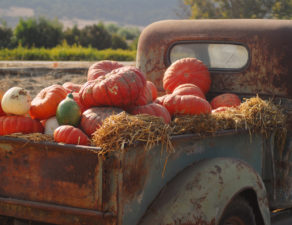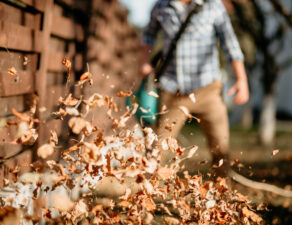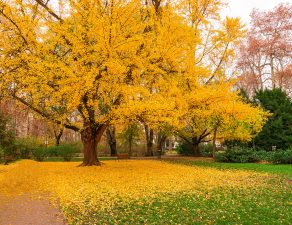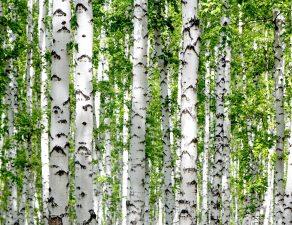
Now that fall has arrived, you might have noticed something a bit strange going on. You expect for leaves to change color and drop off of deciduous trees, and for flowers to stop blooming as we head toward the cooler part of the year. And yet, suddenly you’re noticing what looks like a second spring. What’s going on?
It’s not exactly “fake”, nor a second spring that we’re seeing. Instead, it’s simply the natural growing cycle of many plants in very hot environments. Some plants actually enter a dormant phase during the summer, because they cannot tolerate 100-degree temperatures. Some have actually evolved to produce flowers in the fall.
It’s not just plants that respond to cooler temperatures in the fall. Whereas the rest of the country might be heading into their first freezing nights, fall in Southern California is quite pleasant! So now we see birds, insects, and other animals become more active after a period of rest over the summer.
Plants have evolved in response to that activity. Because they depend upon the activity of birds and insects to spread their pollen and/or seeds, summer is not necessarily the ideal time to reproduce. Therefore, many plants adapted to the habits of animals and and learned to attempt reproduction in the fall instead.
So yes, in a way fall can look like a second spring! This happens in Southern California and throughout the Southwest every year. In fact, other areas of the world experience the same phenomena, such as the more temperate areas of the Mediterranean.
Why not take advantage of this “second spring” and spiff up your landscaping? Give us a call to discuss plantings that experience a second growth and reproduction phase in the fall. We’ll help you add them to your current landscape design, so that you can enjoy a more diverse garden every year.






